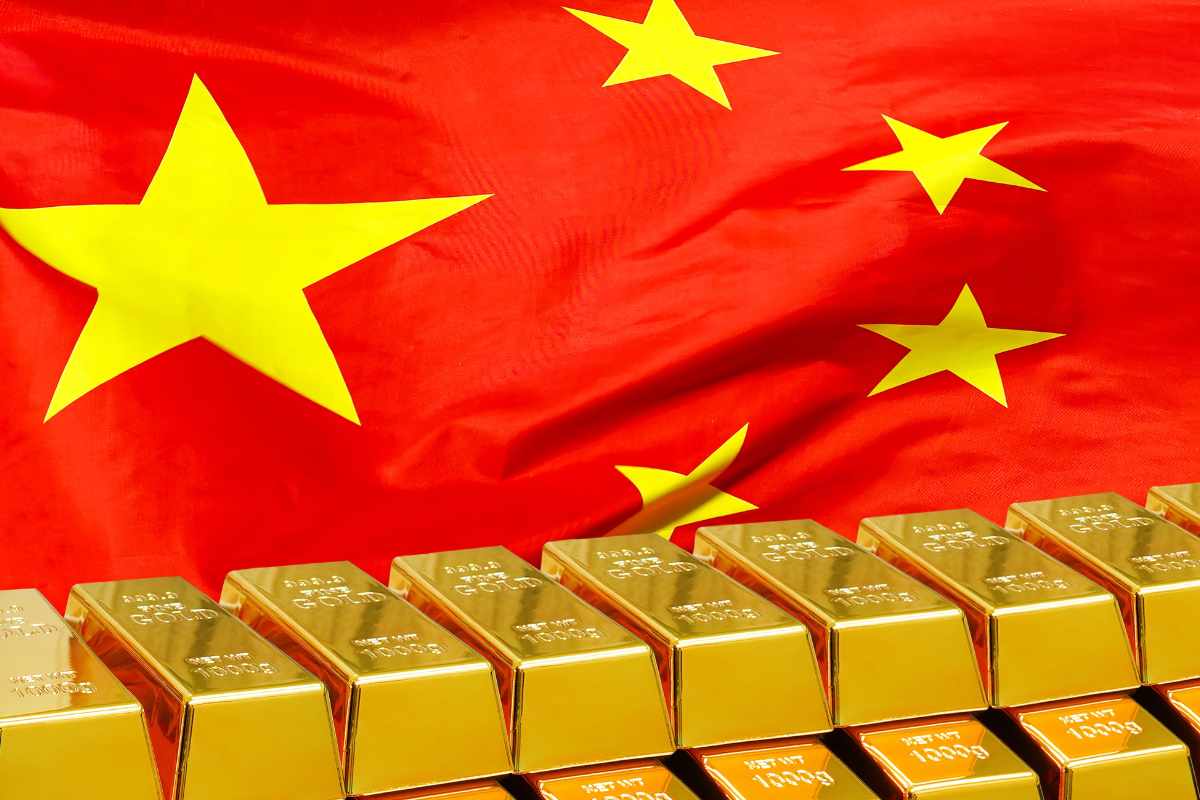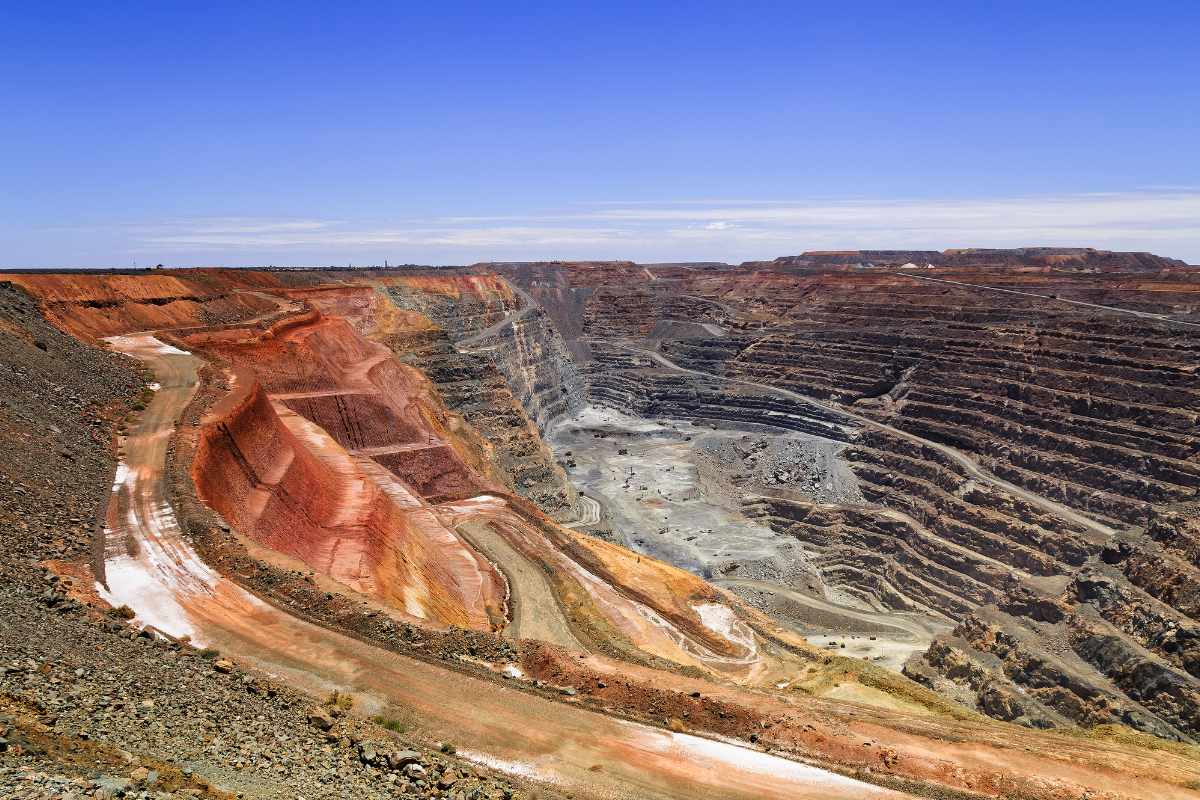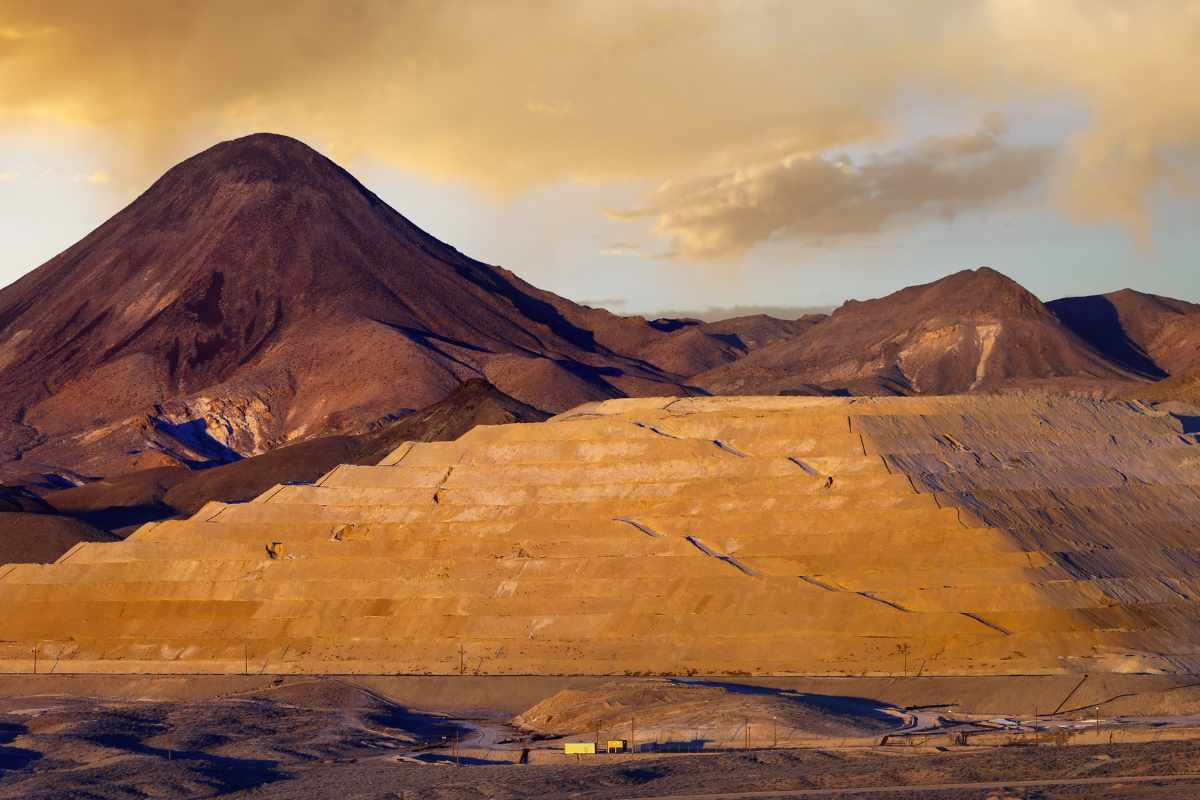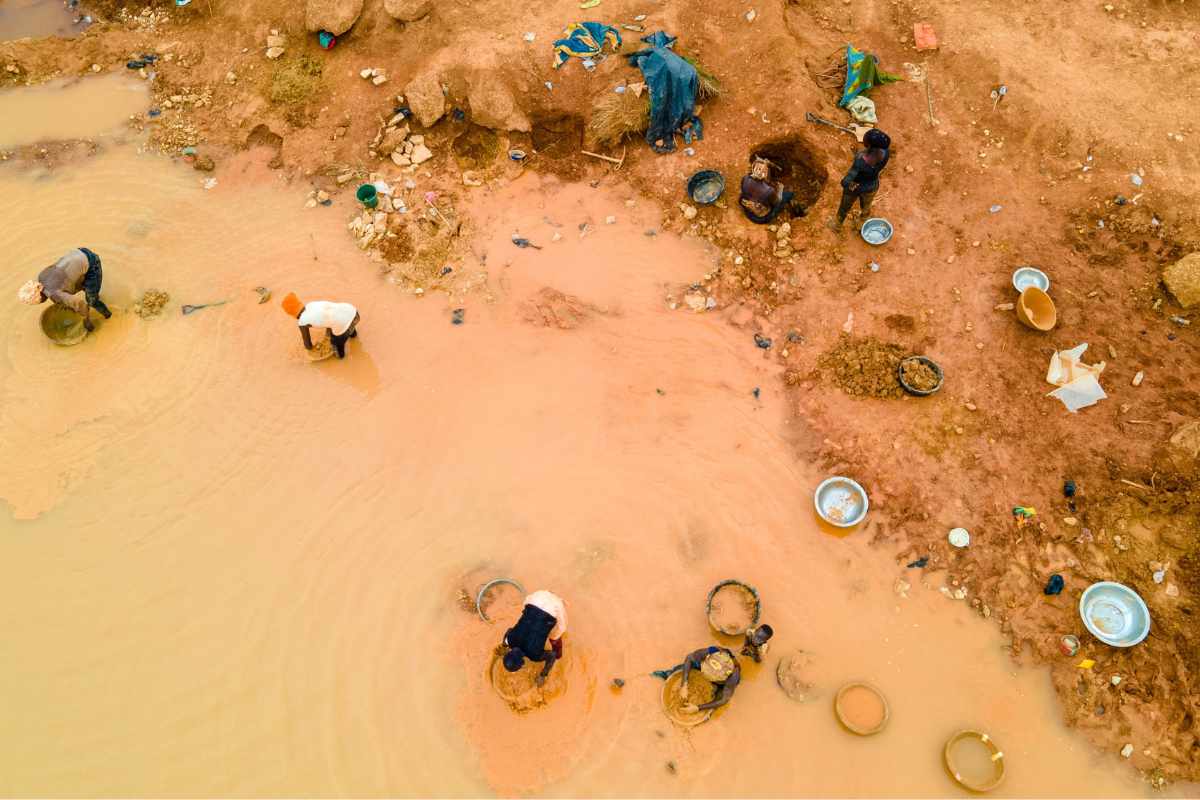Gold remains a precious resource, boasting unparalleled importance in several sectors, including jewelry, finance and technology. Across the globe, gold mining also continues to be a critical industry, with operations on every continent except Antarctica. Among all the top gold-producing countries, China is the leading nation.
Here’s a look at where the bulk of the yellow metal comes from.
Gold outlook for 2024
Gold has been revered as a symbol of prosperity for thousands of years. The metal’s prices have soared to record highs in 2023, driven by geopolitical tensions and economic uncertainties. According to ING Bank, this trend will continue through 2024, fueled by demand for safe-haven assets and changes in US interest rates.
Central banks, particularly in China, Poland, Türkiye and India, have significantly increased their gold reserves, contributing to this surge. ING forecasts gold prices to average around $2,031 per ounce in 2024. It could also reach $2,100 in the fourth quarter.
Top gold-producing countries
As the gold market continues to shine, knowing where the world gets most of its yellow metal supply is essential. According to the latest data from the World Gold Council (December 31, 2022), these are the top 10 gold-producing countries worldwide.
1. China

Output: 375 tons
Accounting for 10 percent of the world’s gold supply, China leads the production of the yellow metal with 375 tons. The country’s unique combination of low labor and production costs aligns with its rising domestic demand.
In the first three quarters of 2023, China’s gold consumption rose 7.32 percent to 835.07 metric tons. Gold jewelry consumption increased 5.72 percent to 552.04 tons, while gold bars and coins saw a 15.98 percent increase to 222.37 tons. However, industrial and other gold uses decreased by 5.53 percent to 60.66 tons. The National Bureau of Statistics highlighted that retail sales growth of gold and silver jewelry in China outpaced other product categories, reflecting the country’s robust market for these precious commodities.
2. Russia
Output: 324.7 tons
Russia, with its 324.7 tons output in 2022, is the world’s second-largest gold producer. It first surpassed Australia back in 2019. This position highlights its vast natural resources and cements its role as Europe’s main gold supplier, a title it has held since 2010.
The value of Russia’s gold reserves has notably surpassed $150 billion for the first time in recent history, propelled by rising gold prices. Based on data from the Russian Central Bank, the value of Russia’s gold investments saw a significant increase in November, reaching $151.9 billion.
3. Australia

Output: 313.9 tons
As the world’s third-largest gold producer, Australia’s mining industry produced 313.9 tons in 2022. The country boasts one of the richest gold deposits in the world, the Golden Mile, found at the center of the Kalgoorlie Goldfield in Western Australia.
In terms of economic contribution, Australia’s gold exports generated a remarkable $25.8 billion in revenue in 2022. The 2021 gold rush was particularly notable, bringing in a record high of $1.6 billion in gold exploration investment across the country. This rich history of gold mining has significantly shaped the nation, sparking gold rushes in the late 19th century that attracted people globally to goldfields in Bathurst, Ballarat, Bendigo and Kalgoorlie. These events led to a substantial increase in Australia’s population from 1851 to 1860.
4. Canada
Output: 194.5 tons

In 2022, Canada produced 194.5 tons of gold, the country’s most valuable mined commodity. The country is known for its environmentally responsible mining practices. In 2021, the production value of gold in Canada reached $13.7 billion.
The mining of this precious metal spans 10 Canadian provinces and territories. Still, it’s primarily concentrated in Ontario and Quebec, accounting for 70 percent of the country’s gold production in the same year. The country’s gold production is projected to increase at an annual growth rate of 4 percent from 2024 to 2030, and it is expected to reach 9.4 million ounces by 2030.
5. United States

Output: 172.7 tons
With an output of 172.7 tons, the US is one of the top gold-producing countries, coming in at no. 5.
Initially discovered in North Carolina in 1804, gold mining spread to the country’s Appalachian states before declining as miners headed west during the California Gold Rush in 1848. The free gold price era in the 1960s and technological advancements in mining and processing revitalized interest in gold mining. This led to a production surge in the early 1990s, primarily from Nevada. Today, the so-called “Silver State” is also the country’s gold capital.
6. Ghana

Output: 127 tons
Sitting at no. 6 is the West African country of Ghana. Mining plays a crucial role in the nation’s economy, especially since the shift from state to private ownership in the 1980s attracted significant foreign investment. As the largest tax-paying sector, mining contributes notably to Ghana’s GDP and job creation. In 2022, Ghana experienced a remarkable 32 percent increase in gold production, regaining its status as the top gold producer in Africa, a position it had lost to South Africa in 2021 due to a steep decline in output.
Read: Pros and cons: Guide to investing in gold
7. Peru

Output: 125.7 tons
The mining industry in Peru, particularly in gold and silver, has been historically significant from the Inca Empire to the modern era. As the seventh-largest yellow metal producer, Peru delivered 125.7 tons in 2022.
The Ministry of Energy and Mines reported that from 1996 to 2019, investments in mining projects totaled $71.43 billion, indicating strong confidence in Peru’s mineral resources. A Flanders Investment and Trade Market Survey further revealed Peru’s untapped potential, with only 0.3 percent of its territory explored.
8. Indonesia

Output: 124.9 tons
Indonesia boasts rich mineral resources, with a gold output of nearly 125 tons in 2022. Significant gold deposits are found throughout the country. One of the most prominent is the Mimika Regency, home to the Tembagapura District and the Grasberg Gold Mine. This mine has the largest known gold reserve (106.2 million ounces) and the second-largest copper reserve in the world. It’s capable of producing approximately 240 kg of pure gold daily.
The consumer market for gold jewelry in Indonesia is also notably large, with the main demographic being females aged 20 to 54, accounting for about 26 percent of the population, or 69 million people. This figure surpasses the entire population of Italy and is nearly twelve times that of Singapore.
9. Mexico

Output: 124 tons
In 2022, Mexico produced an impressive 124 tons of gold, reflecting its long-standing history in gold mining that dates back to the Aztec era. The country has seen significant growth in this sector in recent years, partly due to its low regulatory costs for exploration, making it an appealing destination for gold mining.
Economically, Mexico is a major player in the mining minerals and ores market. In 2020, the country had a positive trade balance in this sector, exceeding $12.2 billion, with total exports amounting to $15.6 billion. This success is part of a consistent upward trend, as Mexico’s total mineral ores exports have been increasing at an average rate of 5.8 percent annually since 2017.
10. Uzbekistan

Output: 110.8 tons
Uzbekistan produced over 110 tons in 2022. It primarily attributes its production to the Muruntau mine, the world’s largest open-pit gold mine by area. The mine sprawls over 3.5 by 2.5 kilometers in the Qizilqum Desert and is estimated to contain over 4,000 tons of gold.
While it’s only the 10th largest producer, Uzbekistan has emerged as a leading global gold seller. It had significant sales, including 11 tons in November, and ranked as the second-largest net seller of gold by the end of 2023. The country’s gold exports in November alone were valued at $1.28 billion, contributing to an impressive 11-month revenue of $8.15 billion.
Final thoughts
Mapping the global landscape of gold production, it’s evident that gold continues to be a highly valued resource. The top gold-producing countries, led by China, contribute largely to the world’s supply.
As experts predict, the yellow metal, a symbol of wealth and prosperity, will remain a vital component of the world’s economy in 2024. Boasting various applications — from jewelry to finance — it’s a commodity that shines amid geopolitical tensions and economic headwinds.
For more miscellaneous stories, click here.





